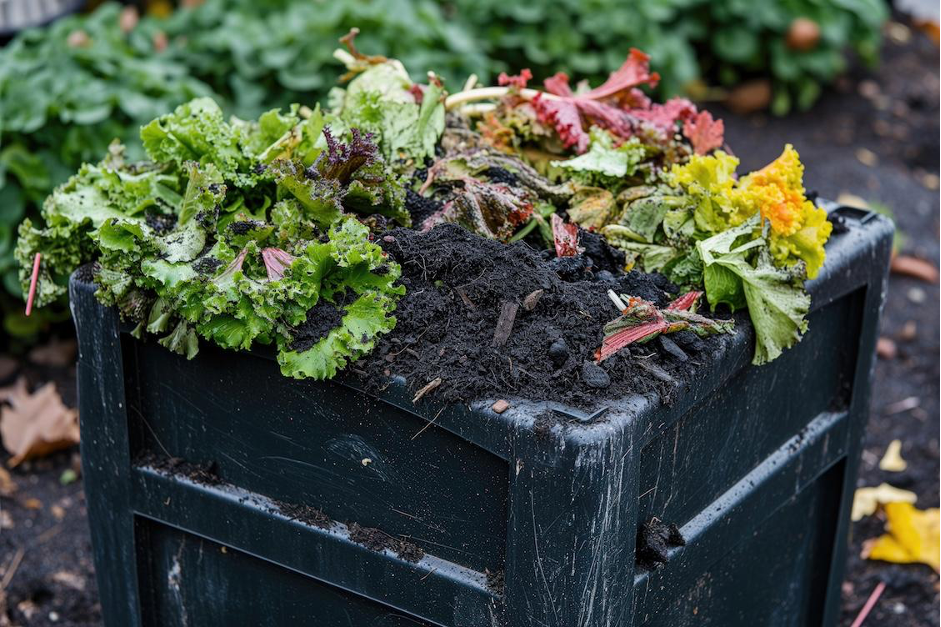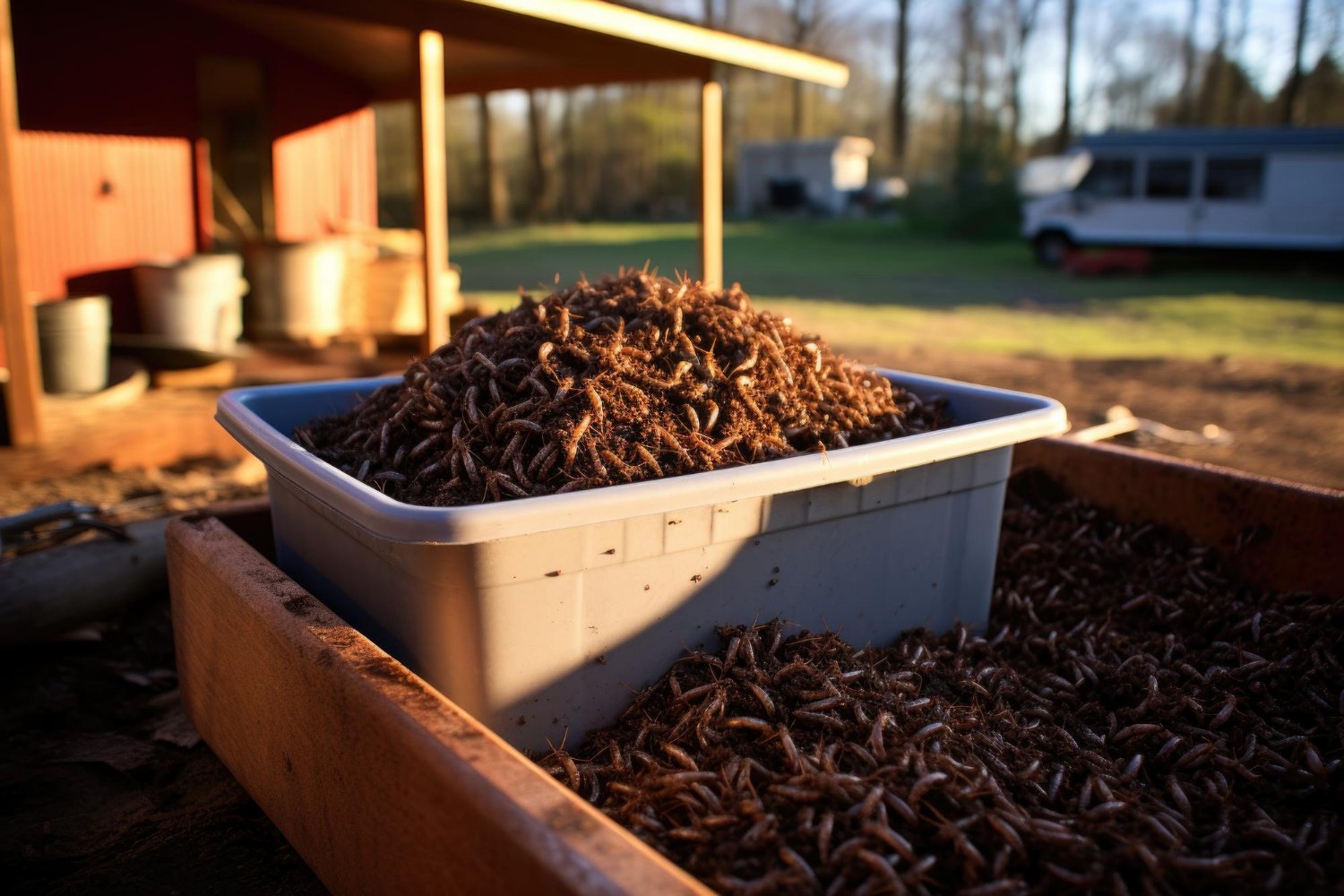 The best fruits, vegetables, and decorative plants come from high-quality soil. Home-made compost is the most cost-effective way to improve soil quality in your garden. Generating your own compost using worms and scrap vegetation costs pennies per day. Let’s find out how vermicomposting improves soil quality.
The best fruits, vegetables, and decorative plants come from high-quality soil. Home-made compost is the most cost-effective way to improve soil quality in your garden. Generating your own compost using worms and scrap vegetation costs pennies per day. Let’s find out how vermicomposting improves soil quality.
As soon as an apple hits the ground, the decay process begins. Nature’s cleanup crew includes microorganisms such as fungi and bacteria. Worms dig in. Eventually, the apple is gone, completely broken down into organic components that enrich the soil. When we compost kitchen and garden scraps, we are concentrating this process in a compost bin. The resulting finished compost is easy to harvest. We can then apply the compost to the soil, and grow new plants.
The Parts of Soil
To make plants grow strong, we need soil. Calling it “dirt” is an over-simplification. Agronomists take college-level courses about soil. Chucking seeds onto random dirt piles won’t get the same results as preparing a balanced soil mix. The better the soil, the better the resulting plants.
There are two parts to soil:
- The inorganic base, made from crushed up rocks, and
- The organic matter, called “humus.”
The Crushed Rocks – Inorganic Base
Over time, natural forces have crushed up rocks. Agronomists grade these small particles according to size: sand, silt or clay. Sand has the largest size particles; silt is in the middle; clay is small. Most soil has a combination of sizes.
On its own, sand is not very good for growing crops. On the one hand, sand is easy to handle. Sandy soil offers little resistance when you dig it. However, water goes through sand too easily. The large particles make the soil very porous. Therefore, sandy soil cannot retain the minerals and water needed to support most plants. You can identify sandy soil by its gritty feeling.
Pure silt is also not very good for growing. Silt has medium-sized particles that absorb water more slowly than sand. This type of soil holds water better than sand, but it has low fertility. Minerals are not easily retained. When silty soil is wet, it feels slippery, but not sticky. When silty soil is dry, it feels smooth.
No one wants to grow plants in pure clay, either. The particles are so small that clay becomes water-logged and compact. Plants have difficulty growing. Clay is very good at retaining nutrients and water. Wet clay soil feels sticky.
The ideal soil for growing has a combination of soil types. The best soil lets water percolate through the plant’s roots. Soil should be porous enough to allow air to reach the roots. And it should have plenty of plant-available nutrients, in the right balance.
Finding the perfect soil is very difficult. Therefore, we use soil amendments to make the soil more suitable for cultivating plants.
Humus: Organic Matter in Soil
The organic component of soil is called “humus.” Humus gives plants nutrition they need to grow. Humus also dramatically affects the structure of the soil. Organic decomposition produces humic acid, a sticky material that helps to bind the soil. The technical term for binding soil particles into groups is “aggregates.”
Aggregated soil creates little spaces that make the soil more porous. It holds nutrients and water better. Plants can grow more easily, and their roots can reach far.
Nature’s Soil Amendment: Organic Compost
When preparing your garden, take advantage of vermicomposting. Feed organic scraps to composting worms in a composting bin. They will break down the scraps into dark, rich, organic humus. The resulting humus makes the perfect soil amendment. Dig it into the soil, use for a side-dressing, mix with potting soil for starts, and spray on some worm tea.
You can get started with vermicomposting by purchasing Red Worms from Uncle Jim’s Worm Farm. Order a composter or make your own composter. After a few months, you can start harvesting the finished compost and adding it to your garden.








